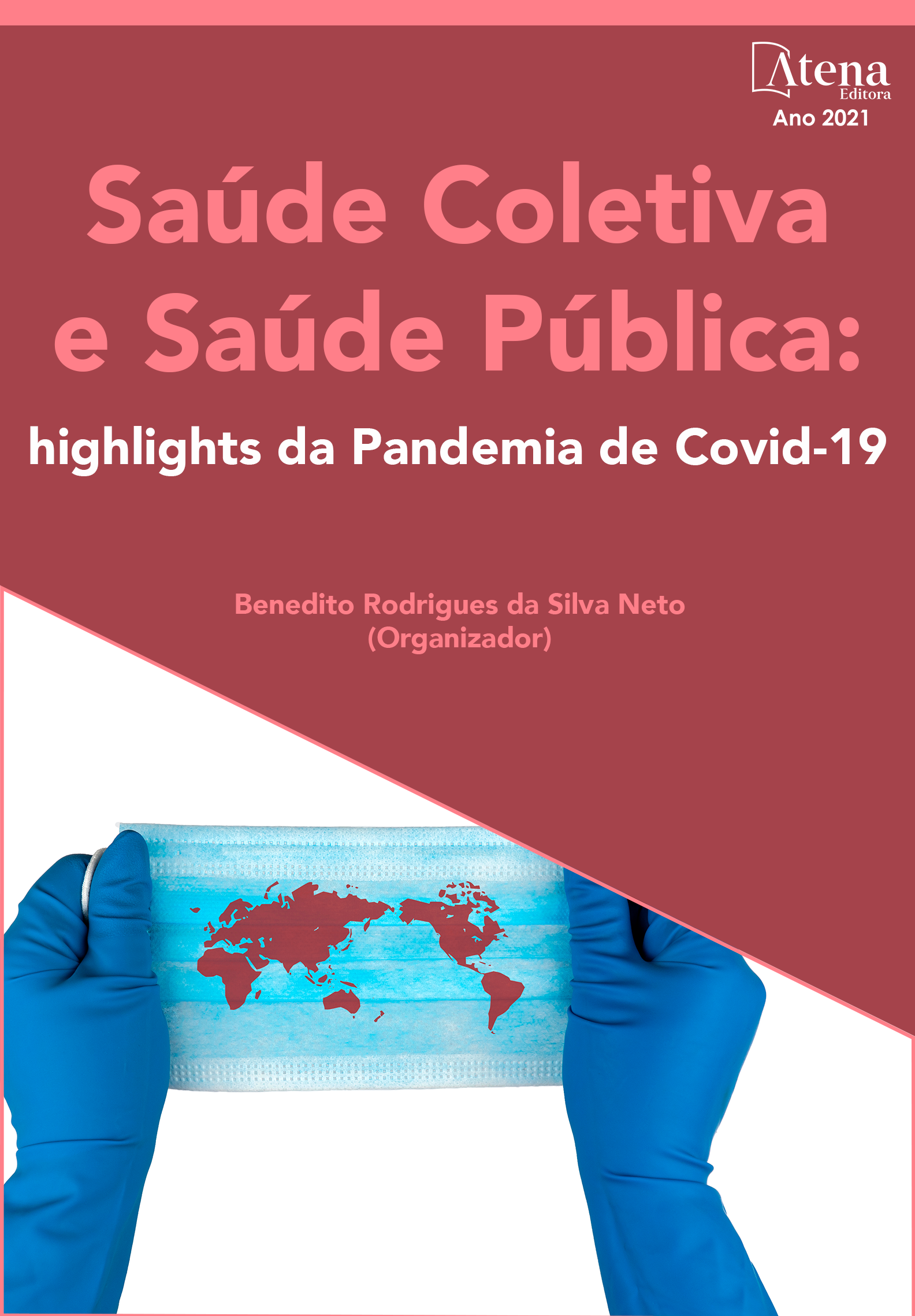
ANÁLISE DE DADOS SOROLÓGICOS SECUNDÁRIOS PARA COVID-19 LEVANTADOS NO LABORATÓRIO NÚCLEO-MEDICINA LABORATORIAL, GOIÂNIA – GO
O Coronavírus da Síndrome Respiratória Aguda Grave 2 (SARS-CoV-2), agente etiológico da doença COVID-19, é um retrovírus com alta taxa evolutiva, curto tempo de geração, possibilidade de formar variantes infecciosas e alta transmissibilidade, provocando manifestações respiratórias, digestivas e sistêmicas. Objetiva-se realizar análises estatísticas a partir dos dados sorológicos secundários levantados no laboratório Núcleo-medicina laboratorial de Goiânia-GO. Foram analisados 7289 exames de pacientes do laboratório Núcleo em todas as unidades distribuídas por Goiânia. As amostras foram processadas na matriz do laboratório por meio da identificação de anticorpos IgG através da metodologia imunoensaio de micropartículas por quimioluminescência e anticorpos totais por eletroquimioluminescência. Todos os dados estatísticos foram analisados com auxílio de planilhas eletrônicas, software R e com os pacotes “gmodels” e “mfx”. A média dos pacientes avaliados foi de 41,26 com desvio padrão de 16,15. Dentre o total de indivíduos do estudo, 51% são do sexo feminino e 49% do sexo masculino e em relação à faixa etária, percebe-se que em torno de 79% dos indivíduos tem entre 20 e 59 anos. Porém, ao realizar o teste de proporção, verificou-se que não existe diferença significativa entre sexo na taxa de indivíduos reagentes para COVID-19. Além disso, com o teste de associação, observa-se que indivíduos menores de 20 e maiores de 59 anos representam 25% dos casos reagentes. Após a análise regional, os 25% dessa faixa etária foram significativos na região metropolitana e sul de Goiânia. A partir da análise estatística, foi possível encontrar padrões de reatividade positiva a IgG de Covid19 categorizadas pelo sexo e pela idade. Apesar disso, cabe destacar que o ensaio para IgG contra SARS-CoV-2 deve ser utilizado como um auxiliar no diagnóstico de infecção por SARS-CoV-2 em conjunto com a apresentação clínica e outros testes laboratoriais.
ANÁLISE DE DADOS SOROLÓGICOS SECUNDÁRIOS PARA COVID-19 LEVANTADOS NO LABORATÓRIO NÚCLEO-MEDICINA LABORATORIAL, GOIÂNIA – GO
-
DOI: 10.22533/at.ed.9182101024
-
Palavras-chave: SARS-CoV-2, COVID-19, Epidemiologia, Diagnóstico sorológico
-
Keywords: SARS-CoV-2, COVID-19, Epidemiology, Serological diagnosis
-
Abstract:
The Severe Acute Respiratory Syndrome Coronavirus 2 (SARS-CoV-2), the etiological agent of COVID-19 disease, is a retrovirus with a high evolutionary rate, forming generation time, possibility of infectious variants and high transmissivity, causing respiratory, digestive manifestations and systemic. The objective is to carry out statistical analyzes based on secondary serological data collected in the Nucleus-Medicine Laboratory of Goiânia-GO. 7289 exams of patients from the Nucleus laboratory were analyzed in all units distributed in Goiânia. The samples were processed in the laboratory matrix through the identification of IgG antibodies through the immunoassay methodology of microparticles by chemiluminescence and total antibodies by electrochemiluminescence. All statistical data were analyzed using electronic spreadsheets, R software and with the “gmodels” and “mfx” packages. The average number of patients evaluated was 41.26 with a standard deviation of 16.15. Among the total number of individuals in the study, 51% are female and 49% male and in relation to the age group, it can be seen that around 79% of individuals are between 20 and 59 years old. However, when performing the proportion test, it was found that there is no significant difference between sex in the rate of individuals reacting to COVID-19. In addition, with the association test, it is observed that individuals under 20 and over 59 years old represent 25% of reactive cases. After the regional analysis, the 25% of this age group was significant in the metropolitan and southern region of Goiânia. From the statistical analysis, it was possible to find patterns of positive reactivity to IgG by Covid19 categorized by sex and age. Nevertheless, it should be noted that the IgS assay against SARS-CoV-2 should be used as an aid in the diagnosis of SARS-CoV-2 infection in conjunction with the clinical presentation and other laboratory tests.
-
Número de páginas: 18
- Larissa de Oliveira Rosa Marques
- Guilherme Guimarães de Paula Poleto
- Renato Ferreira Rodrigues
- Joao Paulo Peres Canedo
- Mara Rubia de Souza
- Leandro do Prado Assunção
- Benedito Rodrigues da Silva Neto


